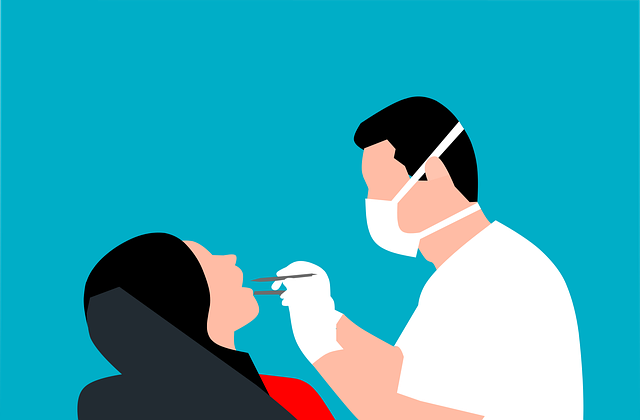Medical negligence injuries occur when healthcare professionals fall below the expected standard of care, causing patient harm that includes physical pain, emotional distress, and financial burden. Patients can assert their rights and seek compensation through personal injury claims, which require strong evidence and expert testimony. Successful claims help cover medical expenses, rehabilitation, and support for pain and suffering. Understanding medical negligence laws is crucial for victims seeking justice in complex healthcare scenarios.
“Uncovering the Fundamentals of Medical Negligence Injuries Law: A Comprehensive Guide
Medical negligence, a significant concern in healthcare, refers to the harm caused by a healthcare professional’s deviation from accepted standards. This article delves into the intricacies of medical negligence injuries, offering insights on its various facets. We explore common scenarios, such as misdiagnosis or prescription errors, and their subsequent impacts on patients’ lives. Additionally, we outline the legal process for victims, guiding them through building robust claims and securing compensation for their suffering. Understanding these basics is a vital step in navigating medical negligence injuries.”
- What is Medical Negligence?
- – Definition and common examples of medical negligence
- – Roles and responsibilities of healthcare professionals and patients
What is Medical Negligence?

Medical negligence, often referred to as medical malpractice, occurs when a healthcare professional fails to provide the standard level of care expected in their field, leading to an injury or harm to a patient. This can encompass a wide range of situations, from misdiagnosis and incorrect treatment plans to surgical errors and prescription mistakes. The impact of medical negligence can be profound, resulting in physical pain, emotional distress, and financial burden for the affected individuals and their families.
Understanding medical negligence injuries law is crucial for patients to know their rights and seek appropriate compensation for any harm caused by healthcare providers’ negligence. Personal injury claims related to medical malpractice are complex, often involving extensive investigations and expert testimony to establish liability. In cases of successful claims, injury compensation can help cover the costs of medical treatments, rehabilitations, and other associated expenses, as well as provide financial support for pain and suffering.
– Definition and common examples of medical negligence

Medical negligence, also known as medical malpractice, refers to a situation where a healthcare professional fails to provide the required standard of care, resulting in injury or harm to a patient. It occurs when there is a deviation from accepted practices within the medical community, leading to adverse outcomes for patients. Common examples include misdiagnosis, incorrect treatment plans, prescription errors, and failure to obtain informed consent. For instance, a truck accident attorney might handle a case where a driver suffers severe injuries due to a healthcare provider’s oversight or improper care before or after the collision.
Auto accident lawyers often intersect with medical negligence cases when patients sustain injuries in vehicular crashes and require medical attention. These professionals must then navigate complex legal terrain to determine liability, especially if there are allegations of substandard care during or following the accident. Understanding these concepts is crucial for victims of medical negligence injuries, as it empowers them to seek justice and compensation for their suffering.
– Roles and responsibilities of healthcare professionals and patients

In the complex landscape of healthcare, a fundamental aspect of ensuring safe and effective treatment involves understanding the roles and responsibilities of all stakeholders. Healthcare professionals, including doctors, nurses, and specialists, are entrusted with providing quality care to patients. Their duties encompass accurate diagnosis, appropriate treatment plans, and adhering to established medical standards and protocols. Patients, on the other hand, play a crucial role in their own healthcare journey by actively participating in decisions, communicating concerns or symptoms honestly, and following professional advice. This patient-provider partnership is vital for achieving positive health outcomes.
The relationship between healthcare professionals and patients is built on trust, ensuring patients receive the best possible care. When this trust is breached due to negligence or omission, it can lead to serious medical negligence injuries. In such cases, individuals may require legal representation to understand their rights and pursue compensation for any harm caused by a breach of duty, similar to product liability claims where consumers seek justice for defective products. Moreover, being aware of one’s rights and responsibilities under the law is essential in navigating complex healthcare scenarios, especially when dealing with potential breaches of contract between patients and healthcare providers.
Medical negligence injuries can have profound impacts on individuals’ lives, emphasizing the critical role of understanding and navigating legal rights. By grasping the basics of medical negligence law, patients and their families can actively participate in ensuring healthcare professionals maintain the highest standards of care. This knowledge equips them to seek justice and compensation when harm occurs, facilitating a system that values patient safety and accountability.






